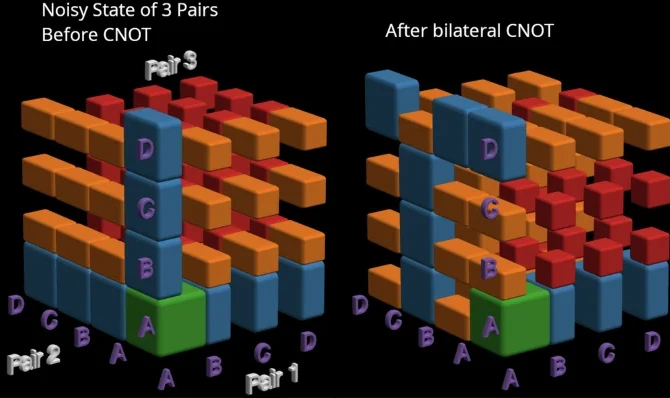Two teams of researchers working independently have shown the viability of using neutral atoms to create quantum circuits.
One of the groups, with members from the University of Wisconsin, Madison, ColdQuanta and Riverlane, successfully ran an algorithm on a cold atom quantum computer for the first time. The second group, with members from Harvard, MIT, QuEra Computing Inc., the University of Innsbruck and the Austrian Academy of Sciences, showed that it was possible to build a quantum processor based on coherent transport of entangled atom arrays. Hannah Williams, with Durham University, has published a News & Views piece in the same journal issue outlining recent research into using neutral atoms to create quantum circuits and the work done by the two teams in these recent efforts.
Both teams encoded the qubits in their machines in a low energy state but differed in how they handled them. One team entangled atoms that were not adjacent to one another using optical tweezers to move them around and then used them to demonstrate that the approach could be used to realize a well-established quantum information state. The other team entangled qubit pairs using laser beams to create a complex of six qubits in a Greenberger–Horne–Zeilinger state. They then used their system to run two quantum algorithms—one that measured the molecular energy of a given atom, the other to work on the MaxCut problem. (Phys.org)
The work has been published in Nature.



